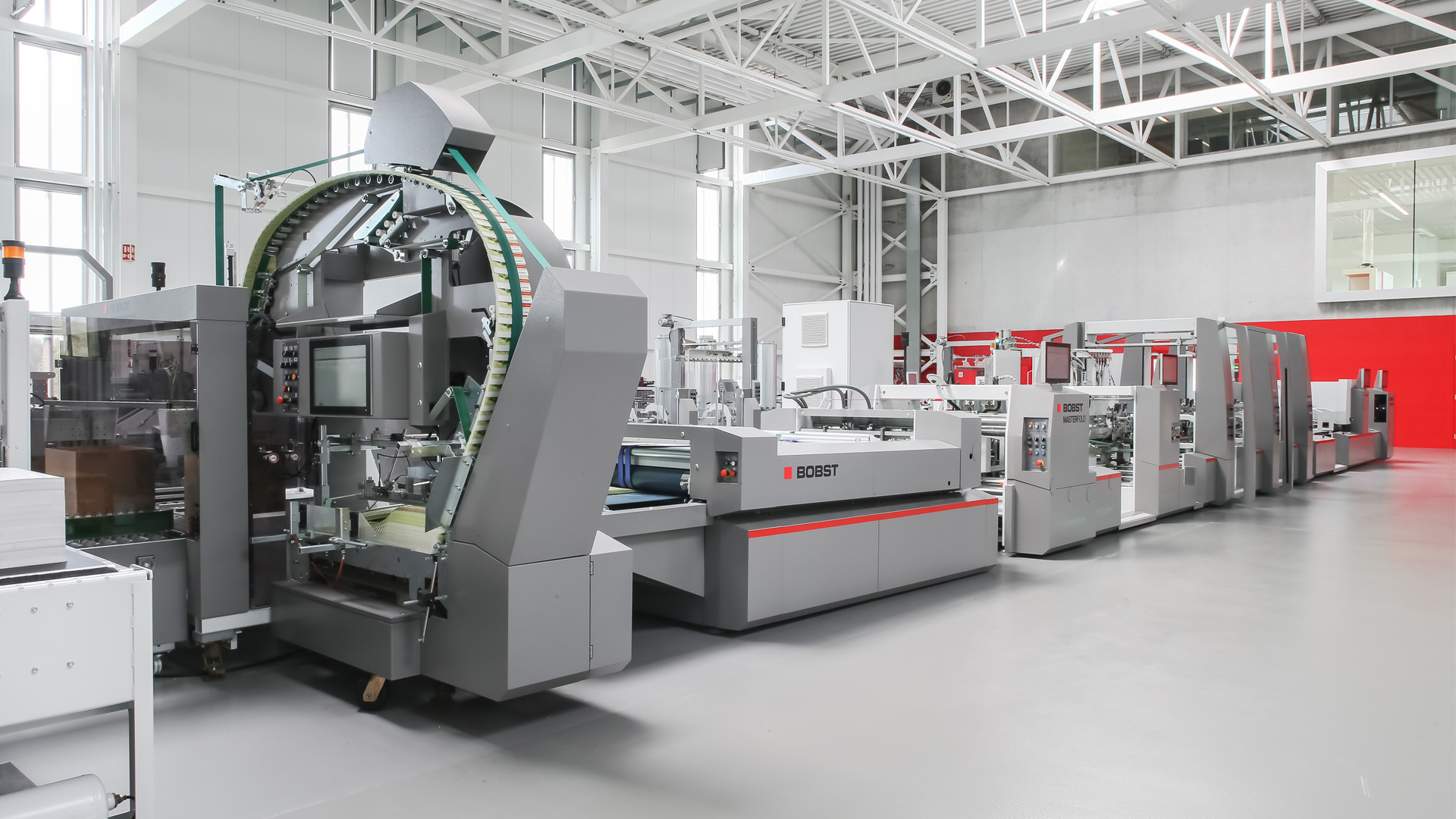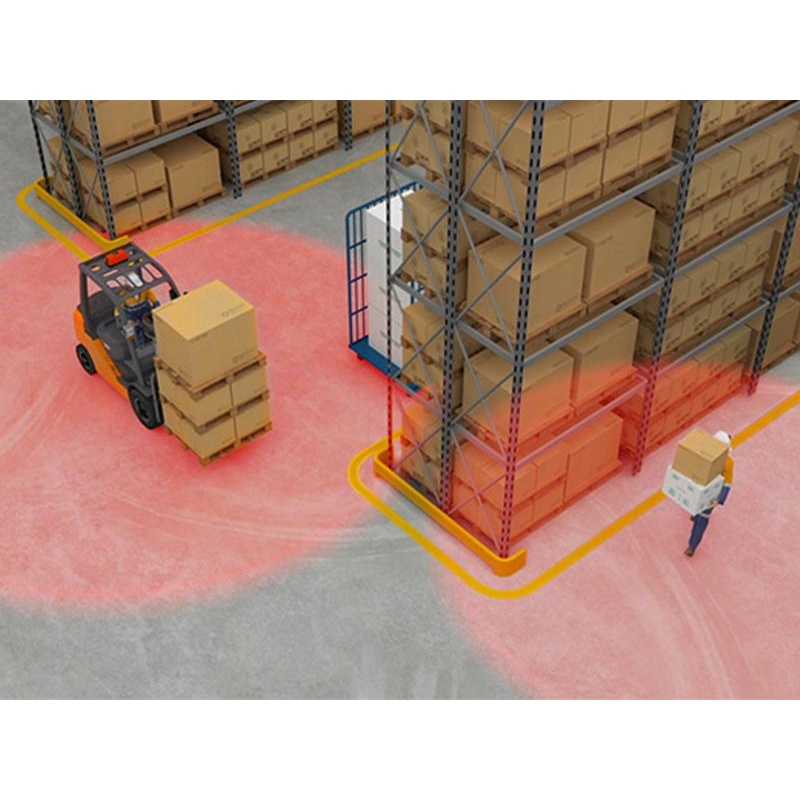
It used to be that steel doctor blades were the most efficient way for a printer to produce a high-end graphic. Steel was the only material that was reasonably able to be metered onto a high line screen roll. Plastic blades brought more durability and longevity to blade life, in addition to increased safety benefits, but without the impressive overall qualities that steel brought to the design. Now, there is another option on the market.
Replacing Doctor Blades
Advancements in tip engineering and research developments of polymers have led to the introduction of a non-metallic doctor blade that retains the metering quality typically only found in steel. Whether screen and process work, reverses or fine print, and solids or lines, this new composite has the ability to replace traditional steel blades in the various flexographic printing applications.
Comparing Traditional Performance
Steel has been used as a blade material for the combined stiffness and thinness that could be achieved to create a fine contact point and clean wipe with a high line screen anilox roll. Plastic doctor blades tend to require more width in order to maintain the same rigidity as a steel blade. Plastic is a more safety-conscious option and has more shelf life, but the longer the blade is used, it can change in dot gain and tonal value on high line screen. This makes it more difficult to achieve high-quality graphic requirements.
Introducing Next-Gen Polymers
Next-generation polymer blade combines the best of both plastic and steel placed. They provide precision cutting comparable with steel in demanding applications, as the engineered edge has the rigidity to hold a fine contact area. These blades can deliver metering on high line screens with the result being graphics of the highest quality.
Thanks to improvements in the industry, graphic printing has new potential. With the introduction of the composite blade, flexography will never be the same.






:max_bytes(150000):strip_icc()/highest-value-upgrade-for-bathroom-GettyImages-1256574533-68fa8b7e19d5439392ea86c2a5e433ec.jpg)


